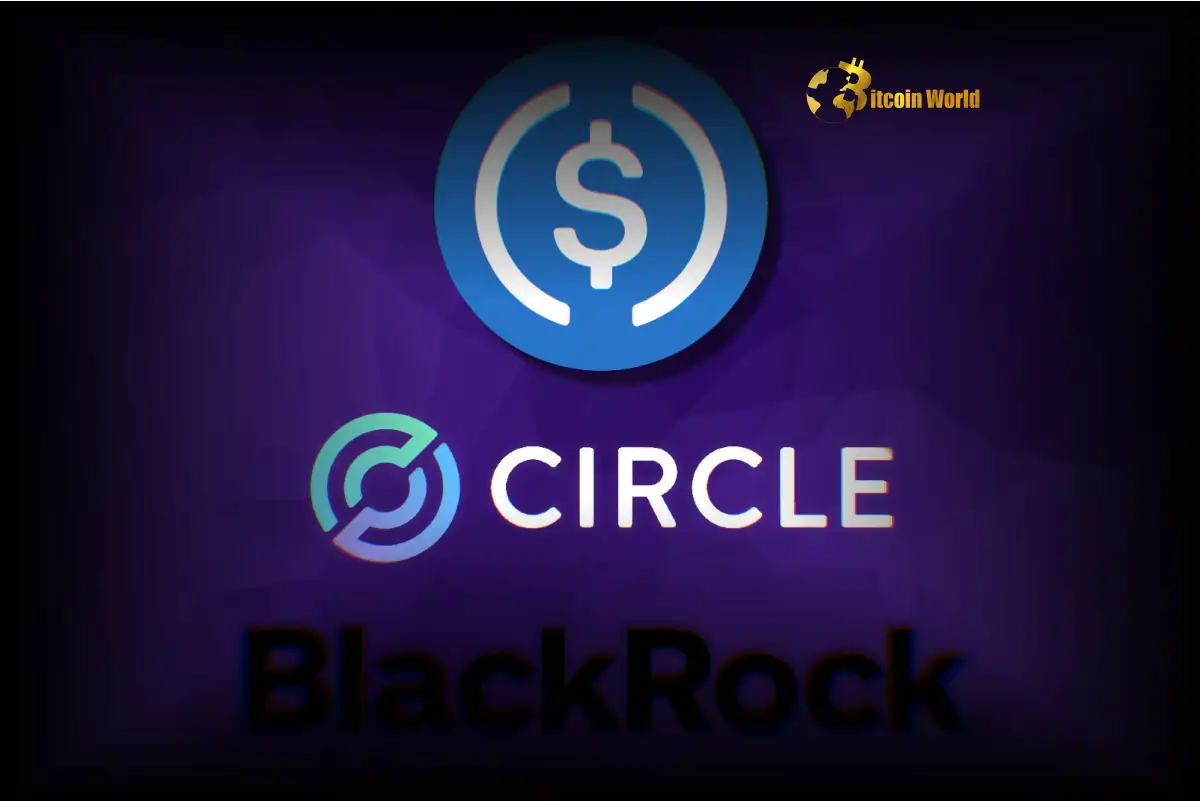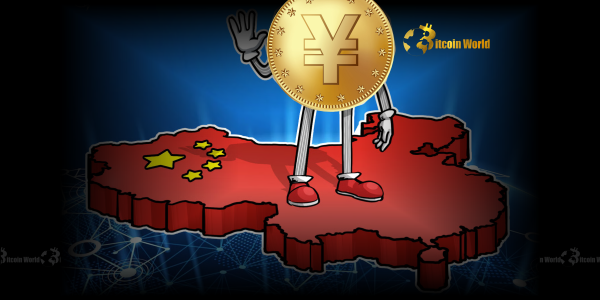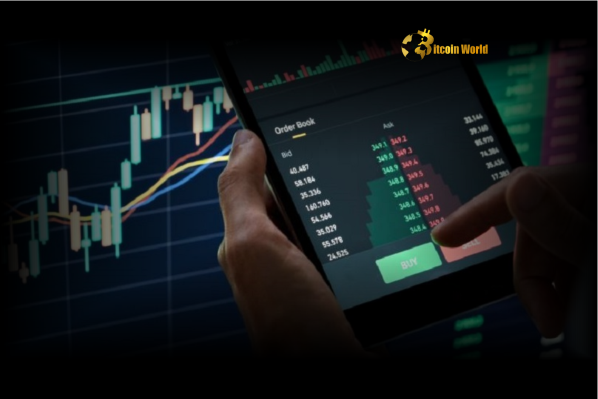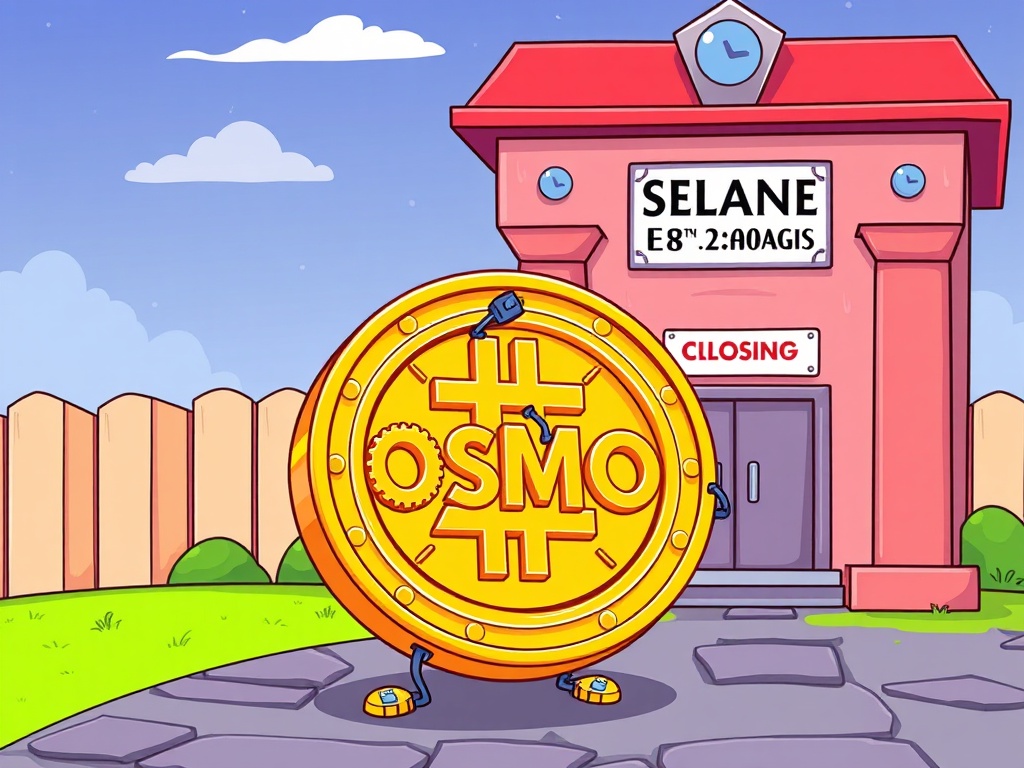BitcoinWorld

Circle BlackRock Partnership: Exclusive Four-Year Deal Reshapes USDC Reserves
In a move that sent ripples through the cryptocurrency world and traditional finance alike, Circle, the company behind the popular USDC stablecoin, reportedly signed a significant Memorandum of Understanding (MOU) with BlackRock, the world’s largest asset manager. This agreement, first reported by Odaily in March, isn’t just a handshake; it outlines a deep collaboration regarding USDC reserves and places interesting restrictions on BlackRock, potentially reshaping the future of the Stablecoin partnership landscape.
What Does the Circle BlackRock Agreement Entail?
At its core, the reported Circle BlackRock MOU establishes a strategic relationship focusing primarily on how Circle manages the vast reserves backing its USDC stablecoin. According to the details that emerged:
- Primary Partner Status: BlackRock is designated as Circle’s primary partner for managing its U.S. dollar-denominated stablecoin reserves. This is a massive vote of confidence from a leading crypto firm in a traditional finance behemoth.
- Significant Reserve Allocation: Circle commits to allocating a substantial portion of its U.S. dollar reserves to BlackRock. Specifically, at least 90% of these reserves, excluding bank deposits, will be managed by BlackRock. This represents billions of dollars in assets flowing under BlackRock’s management umbrella.
- The Non-Compete Clause: Perhaps the most talked-about aspect is the clause preventing BlackRock from developing or launching its own competing U.S. dollar stablecoin. This effectively gives Circle a four-year window without direct stablecoin competition from the financial giant managing its money.
- Duration: The agreement is set to remain in effect for a period of four years, providing a clear timeframe for this exclusive arrangement.
This arrangement goes beyond a simple vendor relationship; it’s a deep integration of Circle’s operational needs with BlackRock’s asset management expertise, all while navigating the competitive waters of the stablecoin market.
Why is this Stablecoin Partnership a Big Deal for Crypto News?
The collaboration between Circle and BlackRock is significant for several reasons, impacting both the crypto ecosystem and traditional finance’s view of digital assets:
Institutional Validation: Having BlackRock, an institution managing trillions of dollars, partner so closely with a crypto company like Circle lends immense credibility to the stablecoin model and the broader digital asset space. It signals that major financial players see long-term value and stability in assets like USDC.
Scale and Expertise: BlackRock brings unparalleled experience in managing large-scale financial reserves with a focus on safety and liquidity. This expertise is crucial for maintaining the stability and trustworthiness of USDC reserves, which is paramount for a stablecoin aiming for widespread adoption.
Competitive Dynamics: The clause preventing a BlackRock stablecoin for four years is a major strategic advantage for Circle. It reduces the immediate threat of a direct competitor entering the market with BlackRock’s significant brand recognition and resources. This could allow USDC to further solidify its position, particularly in attracting institutional users who might trust BlackRock’s involvement.
Impact on USDC Reserves and Market Position
The agreement is designed to enhance the safety and efficiency of USDC reserves. By entrusting the management of a large portion of its reserves to BlackRock, Circle aims to reinforce confidence in USDC’s 1:1 peg to the U.S. dollar. BlackRock’s rigorous approach to asset management, focusing on conservative investments like U.S. Treasuries and repurchase agreements, aligns with the requirements for stablecoin reserve stability.
This move could potentially strengthen USDC’s competitive position against other stablecoins, most notably Tether (USDT). While Tether has faced scrutiny regarding the composition and transparency of its reserves in the past (though they have made efforts to improve), USDC has generally been perceived as more transparent and regulated, partly due to Circle’s U.S. base and regulatory engagements. Partnering with BlackRock amplifies this perception of stability and trustworthiness, which is vital for attracting larger institutional flows and mainstream adoption.
The BlackRock Stablecoin Question: A Strategic Delay?
The non-compete clause raises an interesting question: Was BlackRock considering launching its own stablecoin? While BlackRock has shown increasing interest in crypto, including launching a spot Bitcoin ETF, a proprietary stablecoin would be a significant undertaking with regulatory complexities. The MOU suggests that while a BlackRock stablecoin might have been on the table internally, the strategic value of partnering with an established player like Circle and gaining exposure to the management of stablecoin reserves was a more immediate priority. The four-year ban could be seen as a trade-off – exclusivity in reserve management for a delay in entering the stablecoin issuance market directly.
This partnership allows BlackRock to gain invaluable insights into the operational and financial mechanics of running a major stablecoin without immediately taking on the full issuance risk and regulatory burden. It’s a foot in the door to a rapidly growing segment of the crypto market.
Broader Implications for Crypto News and Institutional Adoption
This development is significant for the overall narrative in crypto news. It underscores a growing trend of convergence between traditional finance and the crypto world. Major players like BlackRock are no longer just observing; they are actively participating and forming strategic alliances. This kind of partnership can pave the way for greater institutional adoption of stablecoins and other digital assets by building bridges of trust and familiarity between the two ecosystems.
It highlights that stablecoins, particularly regulated and transparent ones like USDC, are increasingly viewed as critical infrastructure for the digital economy, not just speculative crypto assets. Their use cases in payments, settlements, and as a bridge between fiat and crypto are becoming clearer, attracting the attention of the largest financial institutions.
Potential Challenges and What’s Next?
While the MOU seems mutually beneficial, potential challenges remain. Regulatory clarity around stablecoins globally is still evolving, which could impact the terms or execution of such agreements. Furthermore, the success of the partnership hinges on seamless operational integration between Circle and BlackRock’s systems.
Over the next four years, we can expect to see how this partnership influences USDC’s market share, how it impacts the broader stablecoin landscape, and whether BlackRock decides to enter the stablecoin issuance market after the non-compete period expires. This Stablecoin partnership is a fascinating case study in the ongoing integration of crypto into the global financial system.
Conclusion: A Landmark Stablecoin Partnership
The reported MOU between Circle and BlackRock marks a landmark moment, solidifying a strategic alliance that benefits both parties. Circle gains the immense credibility and expertise of BlackRock in managing its critical USDC reserves, enhancing trust and stability. BlackRock secures a significant asset management mandate in the digital asset space and gains invaluable insights, while agreeing not to launch a competing BlackRock stablecoin for four years. This development is crucial crypto news, signaling deeper institutional involvement in the stablecoin market and potentially setting a precedent for future collaborations between crypto native firms and traditional finance giants. It underscores the growing importance of stablecoins as a bridge between the old and new financial worlds.
To learn more about the latest crypto market trends, explore our article on key developments shaping institutional adoption in the digital asset space.
This post Circle BlackRock Partnership: Exclusive Four-Year Deal Reshapes USDC Reserves first appeared on BitcoinWorld and is written by Editorial Team





